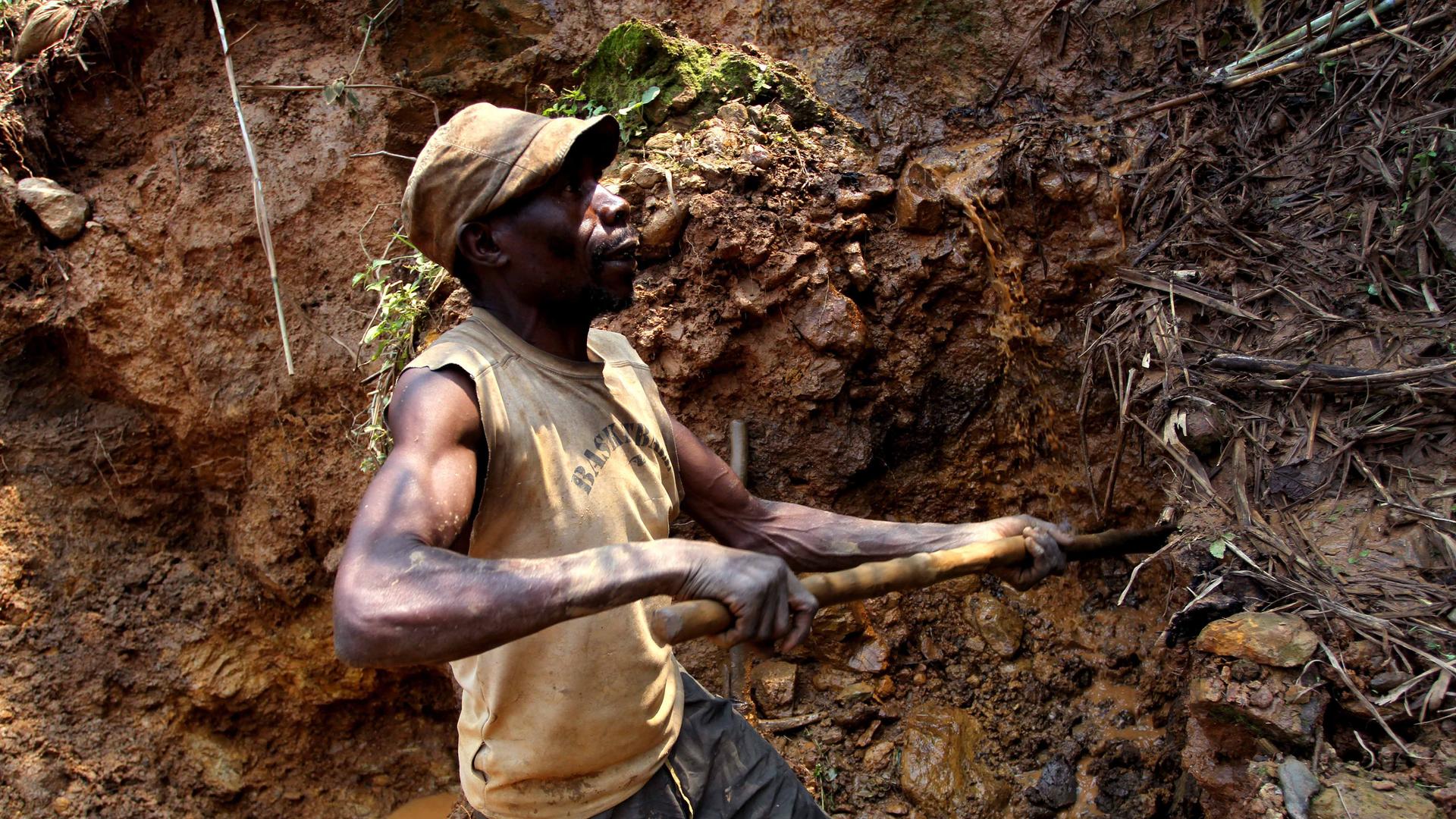Last week, Critical State looked at new research about how insurgents take over state regulatory regimes in their attempts to interact with the international economy. This week, we take a deep dive into how rebels gain access to raw resources to sell on the open market, and how those business considerations create their own security logics.
In Democratic Republic of Congo, artisanal mining is a huge industry, employing as many as 350,000 people and generating significant profits. The “artisanal” nature of the mining is not that it serves upscale hipster consumers but that the miners are independent workers, not associated with a major mining company. Artisanal miners’ independence gives them freedom, but it also makes them vulnerable, including to armed groups. When rebels seek access to funds generated by valuable minerals like gold and tungsten, their easiest point of access is to force artisanal miners to turn over a portion of the miners’ sales.
Related: Rebels with a business cause: Part I
A widespread view among some conflict scholars is that rebels who generate income by exploiting artisanal miners are more prone to committing violence against civilians than those who raise funds by, say, taxing agricultural output. A hugely influential literature on the topic rests on research showing that civil wars where rebel resource extraction plays a part tend to be more violent and drawn out than other civil wars. The theory is that access to so-called “lootable resources” — valuable raw materials that are easy to get out of the ground quickly without major industrial equipment — makes rebels less accountable to the civilians they live among. Taxing agriculture requires keeping expert farmers alive and happy for whole growing seasons. Miners, the thinking goes, are comparatively fungible, and rebels feel free to do violence against them and their communities.
Related: CBP monitors imports to curb products made by forced labor
This view, however, does not accord with the actual experience of artisanal miners in DR Congo, according to an article in a recent issue of the Journal of Conflict Resolution by political scientist Mario Krauser. To Krauser, the prevailing logic about mining and rebel violence against civilians seemed to collapse once you started looking at the mines and miners. If the rebels’ goal is to extract the greatest profit from the mines in their territory, presumably constantly attacking the miners is a poor strategy to achieve that aim.
Instead, by looking at the actual mechanisms through which rebels interact with miners, Krauser came up with a more nuanced hypothesis about the relationship between mining and rebel violence against civilians. Miners working in rebel-held areas are not typically forced to dig at gunpoint. Instead, rebels tend to extract their cut of the mine’s earnings by demanding protection payments. It’s an efficient system — it leaves the miners, who have the necessary physical and regulatory knowledge, to get minerals out of the ground and to market, while letting the rebels pursue their own specialty of being menacing.
Related: Opposition party against mining wins Greenland election
Protection payments, however, are only worth paying when you’re being protected. Krauser hypothesized that rebels would likely act to protect the areas close to mines under their control, limiting both their own violence and violence by other groups in places core to the profit-making enterprise. On the other hand, however, protection payments are also only worth paying when you’re being protected from something. In order to demonstrate their true menace and underscore the necessity of protection payments, Krauser hypothesized that rebels would actually become more violent in areas on the outskirts of their core mining areas.
Looking at a set of over 3,000 artisanal mines in eastern DR Congo, as well as a geolocated database of rebel violence, Krauser found stark evidence for his theory. Once a rebel group begins receiving protection payments from a given mine, the likelihood of violence within 25 miles of the mine decreases by 35%. In a band of space between 40 and approximately 35 miles away from the mine, however, violence increases an astonishing 76%. Outside of the 35-mile band, rebel taxation of the mine has no effect. To use Krauser’s metaphor, rebel groups turn profitable mines into the eye of the violent storm, but they also create the storm.
Related: An unlikely eco-alliance in postwar El Salvador
Krauser refrains from making sweeping statements about the relevance of his research outside of DR Congo. His work, however, offers a compelling case for how conflict scholars can square the apparent disconnect between large-scale data suggesting that natural resource extraction drives violence against civilians in civil wars and the bevy of work proving that it isn’t so simple.
